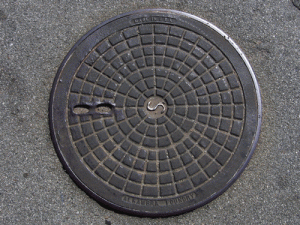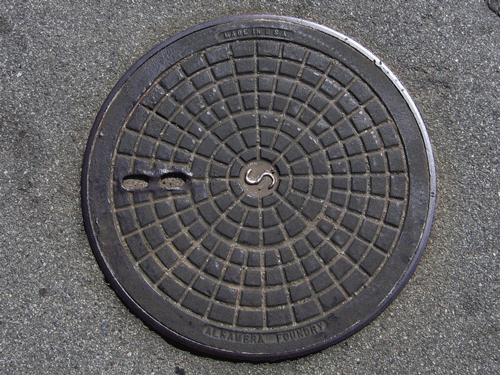In Europe, cable splices for the distribution of underground electricity are being buried directly in the ground after installation. However, this method is not being applied everywhere in the world. In the US, especially in the urban areas, cable splices are put in so-called ‘manholes’. Inside these manholes, both cables and splices can react differently to any failures due to the different circumstances.
When can a failure arise?
As with most underground failures, most failures that occur inside manholes apart from the ones that arise due to excavation damage occur due to a bug in the cable, the switch gear or the cable splice. Regarding a bug in the cable, one must think of impedance that leads to an overcharged cable and high temperatures. Failures in the cable splice still mainly happen as a result of assembly errors, such as failing to carry out the test that must be executed as to check whether or not there’s water in the cable, or damaging the lead sheath due to sawing errors or an unsatisfactory attempt to roughen up the cable. Cables and cable splices that are installed inside manholes can cause a lot of failures.
The risks of failures inside manholes
Liquids in the form of fuels or sprinkled salt (in winter) can enter the manhole through the manhole cover. These liquids can affect the cable splice. As a result, corrosion arises on the outer sheath of the cable splice, which could lead to air inclusion or a bug in the cable.
Besides that, gas is formed in most manholes due to the presence of methane gases and still air (read air pressure). When a failure triggers a Partial Discharge (PD) and a spark arises, an explosion might be the consequence. When an explosion occurs, the manhole cover rises.
Explosion proof
American power utilities indicate that around 75% of the manhole explosions are caused by such failures in the electricity network, which is why they are investing a lot in measures and solutions. As a precaution for safety reasons, manholes are being measured on the presence of gas before splicers enter.
The role of the cable splice
Naturally, one also looks at solutions in the cable and the components. The cable splices of Lovink account for a number of distinctive features that could contribute to a safe and reliable connection inside manholes.
Firstly, the LoviSil® cable splices dispose of a strong mechanical insulation and an ABS outer splice that is being filled with a 2-component polyurethane resin as to ensure that corrosion simply cannot take place. The electrical insulation is provided by a high quality material based on silicones, which remains fluid and minimizes the risk of a PD.
In the unlikely event of damage occurring as a result of a PD, no flammable carbon arises, but self-extinguishing silicon.
Curious about this LoviSil®-technology? Visit our website as to see which solutions we can offer, or feel free to contact one of our specialists.

